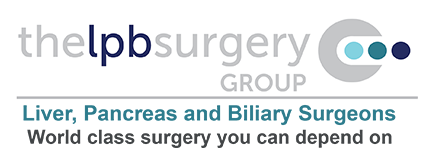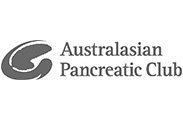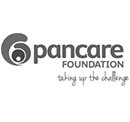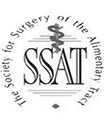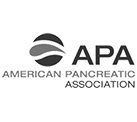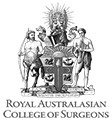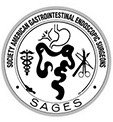Gall Stones
A gallstone, is a lump of hard material usually ranging in size from a grain of sand to 3-4 cms. They are found in the gall bladder as a result of excess cholesterol, too much bilirubin or not enough bile salts. Bile-duct blockage and infection caused by stones in the biliary tract can be a life-threatening illness. With prompt diagnosis and treatment, the outcome is usually very good.
Types of Gallstones
Cholesterol stones
Cholesterol stones are usually yellow-green and are made primarily of hardened cholesterol. They account for about 80 percent of gallstones. Scientists believe cholesterol stones form when bile contains too much cholesterol, too much bilirubin, or not enough bile salts, or when the gallbladder does not empty as it should for some other reason.
Pigment stones
Pigment stones are small, dark stones made of bilirubin. The exact cause is not known. They tend to develop in people who have cirrhosis, biliary tract infections, and hereditary blood disorders such as sickle cell anaemia in which too much bilirubin is formed.
Mixed stones
The most common type. They are comprised of cholesterol and salts
Causes
Gallstones are related to to excess excretion of cholesterol by the liver through bile. Other causes include the following
Gender
Women between 20 and 60 years of age are twice as likely to develop gallstones as men.
Obesity
Obesity is a major risk factor for gallstones, especially in women
Oestrogen
Excess oestrogen from pregnancy, hormone replacement therapy, or birth control pills
Medications
Cholesterol-lowering drugs
Diabetes
People with diabetes generally have high levels of fatty acids called triglycerides
Rapid weight loss
As the body metabolizes fat during rapid weight loss, it causes the liver to secrete extra cholesterol into bile, which can cause gallstones
Symptoms
Many people with gallstones have no symptoms. These patients are said to be asymptomatic, and these stones are called "silent stones". Gallstone symptoms are similar to those of heart attack, appendicitis, ulcers, irritable bowel syndrome, hiatal hernia, pancreatitis, and hepatitis. therefore accurate diagnosis is important. Symptoms may vary and often follow fatty meals, and they may occur during the night.
Click here to see some of the more common symptoms related to gall stones.
Diagnoses
Ultrasound is the most sensitive and specific test for gallstones.
Other diagnostic tests may include
Computed tomography (CT) scan
May show the Gallstones or Complications
Endoscopic retrograde cholangiopancreatography (ERCP).
The patient swallows an endoscope-a long, flexible, lighted tube connected to a computer and TV monitor. The doctor guides the endoscope through the stomach and into the small intestine. The doctor then injects a special dye that temporarily stains the ducts in the biliary system. ERCP is used to locate and remove stones in the ducts
Blood tests.
Blood tests may be used to look for signs of infection, obstruction, pancreatitis, or jaundice
Complications
Cholecystitis
Obstructions caused by gallstones may lead to bilary colic and inflammation of the gallbladder.
Acute Pancreatitis
Acute pancreatitis is sudden inflammation of the pancreas that may be mild or life threatening but usually subsides.
Cholangitis
Cholangitis is an infection of the common bile duct, which carries bile (which helps in digestion) from the liver to the gallbladder and then to the intestines
Treatment
The most common way to remove gall stones is surgery. This procedure is called Laparoscopic Cholecystectomy.
Click here to read more about Gallbladder Surgery.
